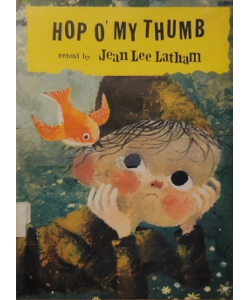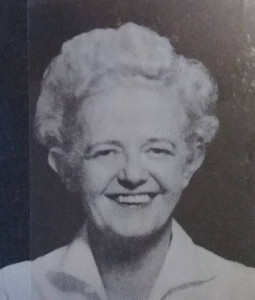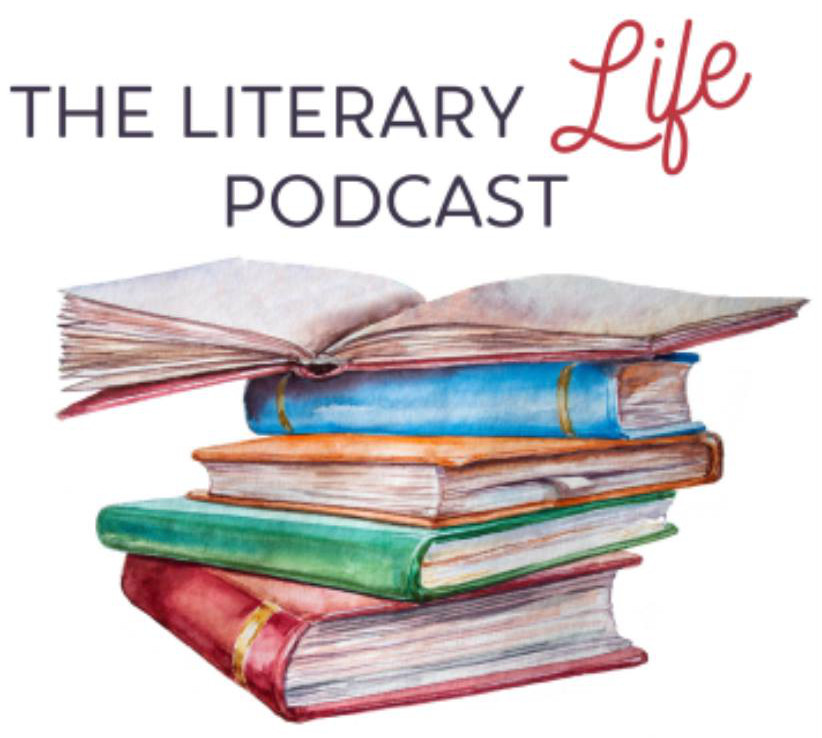Hop O' My Thumb (Adaptation)

Content:
Hop o' My Thumb by Charles Perrault
Illustrator:
Arnalot
Jean Lee Latham
Publication:
1961 by Bobbs-Merrill Company
Genre:
Fairy Tales, Fiction, Folk Tales
Series:
Jean Lee Latham's Children's Classics ![]() Members Only
Members Only
Pages:
32
Current state:
Basic information has been added for this book.
It is under consideration and will be updated when it is evaluated further.
Book Guide
Search for this book used on:
Which is your favorite fairy tale? Whether it is from the collection of Perrault, or the Brothers Grimm, or Hans Christian Anderson, or Charles Dickens, or the Arabian Nights, or whatever, you may find it in this wonderful series of Children's Classics.
The Children's Classics are the creation of a grand team. Jean Lee Latham, who won the distinguished Newbery Medal, retells each famous story in the very easiest way to read. Pablo Ramirez makes it vivid with lavish pictures, full of color and humor. They sharpen the interest. They make you gasp. The make you laugh.
This is the latest book in the Children's Classics. Many children, and many grownups too, count Hop O My Thumb their favorite fairy tale. Why do they love it? Maybe because they have had handicaps to overcome. Maybe people have thought them too little or too stupid. So they feel better when they read about somebody with real handicaps doing big things.
Hop O' My Thumb was so tiny the poor woodcutter and his wife didn't even give him a name. The family just called him "Dummy".
He was little, but oh my! He wasn't a bit dumb. He kept his wits about him. He saved his six big brothers from starvation. He took the Seven-League Boots from the ogre who liked to gobble up children. He won the King's...
From the dust jacket
To view an example page please sign in.
Resource Guide
Episode 70: Why Read Fairy Tales?
Released in 2020 by The Literary Life
Available formats: Streaming Audio
Length: 1 hr. 29 min.
View on the The Literary Life site
"Angelina Stanford and Cindy Rollins tackle the topic of fairy stories, discussing the what, why and how of reading them. Angelina shares the distinctive characteristics of fairy stories in contrast to other types of stories, such as myths. They deal with the question of whether fairy tales are 'escapist', the influence of the Grimm brothers scholarly work on interpreting fairy stories, and allowing the story to unveil its deeper truths without forcing meaning onto it.
Angelina gives an illustration of how to see the gospel messages in fairy tales by talking us through the story of Sleeping Beauty. She refutes the ideas that fairy tales are about human romance or are misogynistic. She also highlights some of the Enlightenment and Puritan responses to fairy tales that still linger with us today. Cindy and Angelina also discuss some common concerns such as the magical, weird, or scary aspects of fairy tales. Angelina also makes a distinction between folk tales, literary fairy tales, and cautionary tales."
Find This Book
Search for this book used on:




